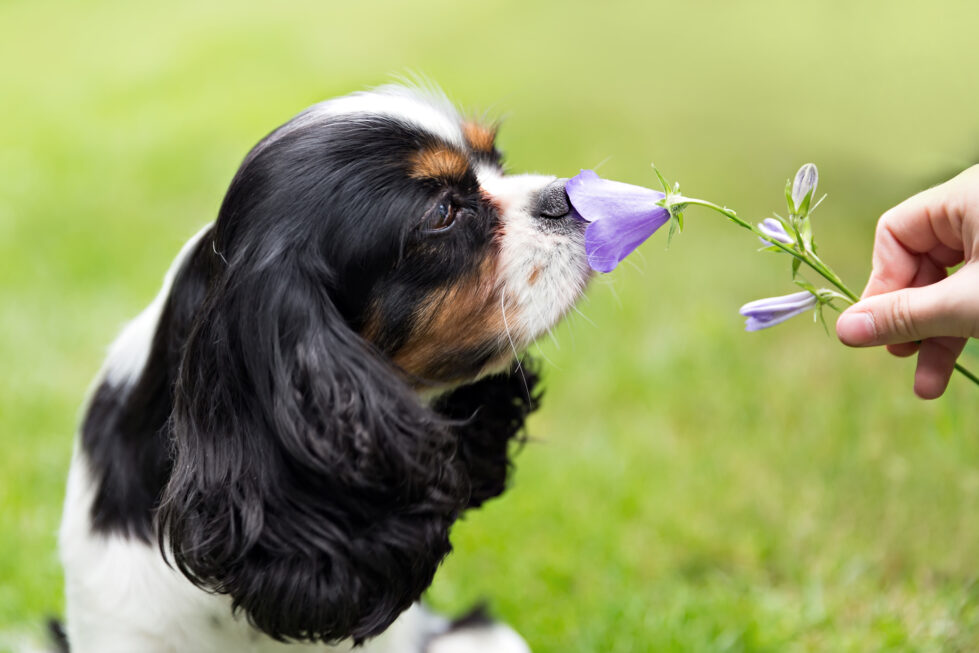As the days grow longer, the temperatures rise, and the world bursts into bloom, May is a month of rejuvenation and beauty. However, for pet owners, May can also mark the onset of allergy season. Just as humans may suffer from hay fever and pollen allergies, our beloved furry friends can experience their own set of allergies. At McLean Animal Hospital, we understand the importance of recognizing and managing pet allergies, especially during the vibrant month of May. In this blog post, we’ll explore the common triggers, signs, and steps you can take to help your pet enjoy spring to the fullest.
Common Pet Allergy Triggers in May
- Pollen: May brings forth an abundance of blooming flowers and trees, releasing pollen into the air. Pollen is a common allergen for both humans and pets, causing sneezing, itching, and watery eyes.
- Mold Spores: The damp and rainy spring weather can lead to increased mold growth. Mold spores can be inhaled or come into contact with your pet’s skin, leading to allergies.
- Insects: As temperatures rise, so do the populations of fleas, ticks, and mosquitoes. These pesky insects can trigger allergic reactions and transmit diseases.
- Grasses: Many grasses produce pollen in the spring, which can be a significant allergen for pets. Rolling in the grass or simply being outdoors can expose them to grass pollen.
Signs of Pet Allergies
Recognizing the signs of pet allergies is crucial for early intervention and relief. Common symptoms include:
- Excessive scratching or licking: Pets may scratch themselves excessively or lick their paws, face, or other body parts.
- Chronic ear infections: Allergies can lead to ear inflammation and recurrent ear infections.
- Runny nose and sneezing: Just like in humans, pets with allergies may exhibit sneezing and a runny nose.
- Watery or red eyes: Allergic reactions can cause eye irritation, leading to redness and excessive tearing.
- Skin issues: Allergies can result in hot spots, rashes, or hives on your pet’s skin.
Managing Pet Allergies in May
- Consult Your Veterinarian: If you suspect your pet has allergies, it’s essential to consult your veterinarian. They can perform tests to determine the specific allergen triggers and recommend appropriate treatment.
- Allergen Avoidance: Try to limit your pet’s exposure to allergens. Keep them indoors on high pollen days, use air purifiers, and bathe them regularly to remove pollen and allergens from their fur.
- Medications: Your veterinarian may prescribe antihistamines, steroids, or other medications to alleviate allergy symptoms and provide relief.
- Flea and Tick Prevention: Use flea and tick preventive measures to protect your pet from these common allergen triggers.
- Allergy Shots (Immunotherapy): In severe cases, your vet may recommend allergen-specific immunotherapy, which involves regular injections to desensitize your pet’s immune system to specific allergens.
Conclusion
While May brings May flowers and lush greenery, it can also usher in pet allergies. Recognizing the signs and taking steps to manage your pet’s allergies can make this beautiful season enjoyable for them. At McLean Animal Hospital, we’re here to help you ensure your furry friend’s comfort and well-being. Don’t hesitate to reach out to us for guidance and support in managing your pet’s allergies during the wonderful month of May and beyond.


